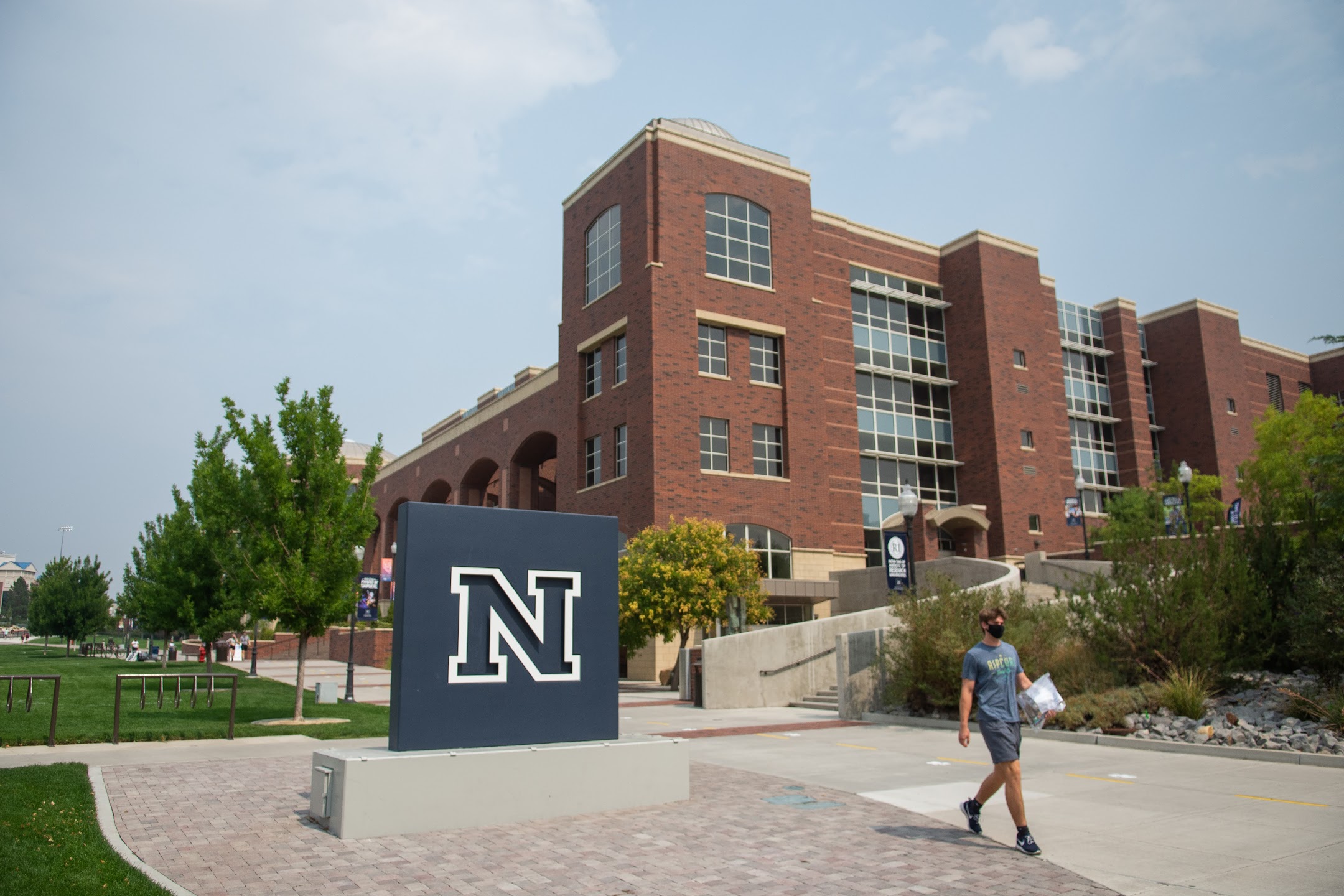UNR is battling COVID-19 spikes, but are the numbers really that frightening?

The recent announcement the University of Nevada, Reno will close most on-campus instruction in November was a surprise to many. Shutting down a campus that just reopened and is home to more than 20,000 students each fall is a huge disruption in the lives of these students, their families, university faculty and staff, local landlords and local businesses that rely on the additional commerce each year.
I have no doubt that UNR President Brian Sandoval and his team thought deeply about these and many other issues before announcing the closure. But consider the numbers reported on the UNR COVID-19 Dashboard. Do they justify putting a stop to on-campus instruction until the spring semester? Some may say the numbers are actually encouraging. For the week ending Oct. 30, for example, the university reported 17 active cases among students and four active cases among faculty. During that week reporting showed active cases among students decreased by nine and among faculty increased by two. The university further reports 800 cumulative cases since testing results first became available. Of those, 779 have recovered.
If the 21 persons with active cases recover, every known student and faculty member who had the virus at UNR will have recovered—the perfect score everyone prays for.
What the data continue tell us is that the virus is not a mortal danger to younger populations and even most in their 30s or 40s and beyond. The Centers for Disease Control and Prevention report the weekly hospitalization rates by age group per 100,000 population. For those 18-49 years old, the age group constituting the majority on college campuses, the hospitalization rate is about two per 100,000. This compares to 10 per 100,000 for those 65 years and older.
Yes, the virus is something to be reckoned with, notably for older populations and those with existing health conditions. Yes, there are exceptions, where younger people have become seriously ill or even tragically died. And yes, precautions need to be properly implemented and taken seriously, especially by students on campus.
But should the lives of millions of people who are not at risk be so seriously interrupted? Thinking about the thousands of students at UNR who will soon pack their bags with their college education again short-circuited, is it right to lay such a heavy burden on populations least affected by COVID-19? Plus, scientists and doctors have been screaming for months about the long-term dangers to the health and well-being of younger populations when schools and colleges are shuttered.
The arguments for and against closing schools and colleges are many, and the availability of online classes has made it easier to close. But let’s face it, for many students in need of the academic support and camaraderie to make a go of college, a virtual instruction-only option can be a real deal-breaker and the closure results in an insurmountable disruption that changes the trajectory of their lives — not to mention the damage done from the cessation of hands-on learning that can only occur in real lab settings. Socialization and in-person instruction are even more important to younger students.
Efforts to stave off the virus by closing education institutions has placed some of the heaviest burden on populations least affected—those young and healthy students. These efforts from this point forward must be more strategic, where they are targeted at those truly in danger of long-term illness or death, namely older populations and all persons with underlying health conditions. And closing elementary and high schools is a complete travesty. The hospitalization rate for these students is nearly zero per 100,000 population.
The virus will probably pester all of us for some time to come. But there has to be a better way to lessen the blow to those least affected—or more to the point, to those not affected at all.
Michael Raponi is a freelance writer in Carson City. He can be contacted at [email protected].
